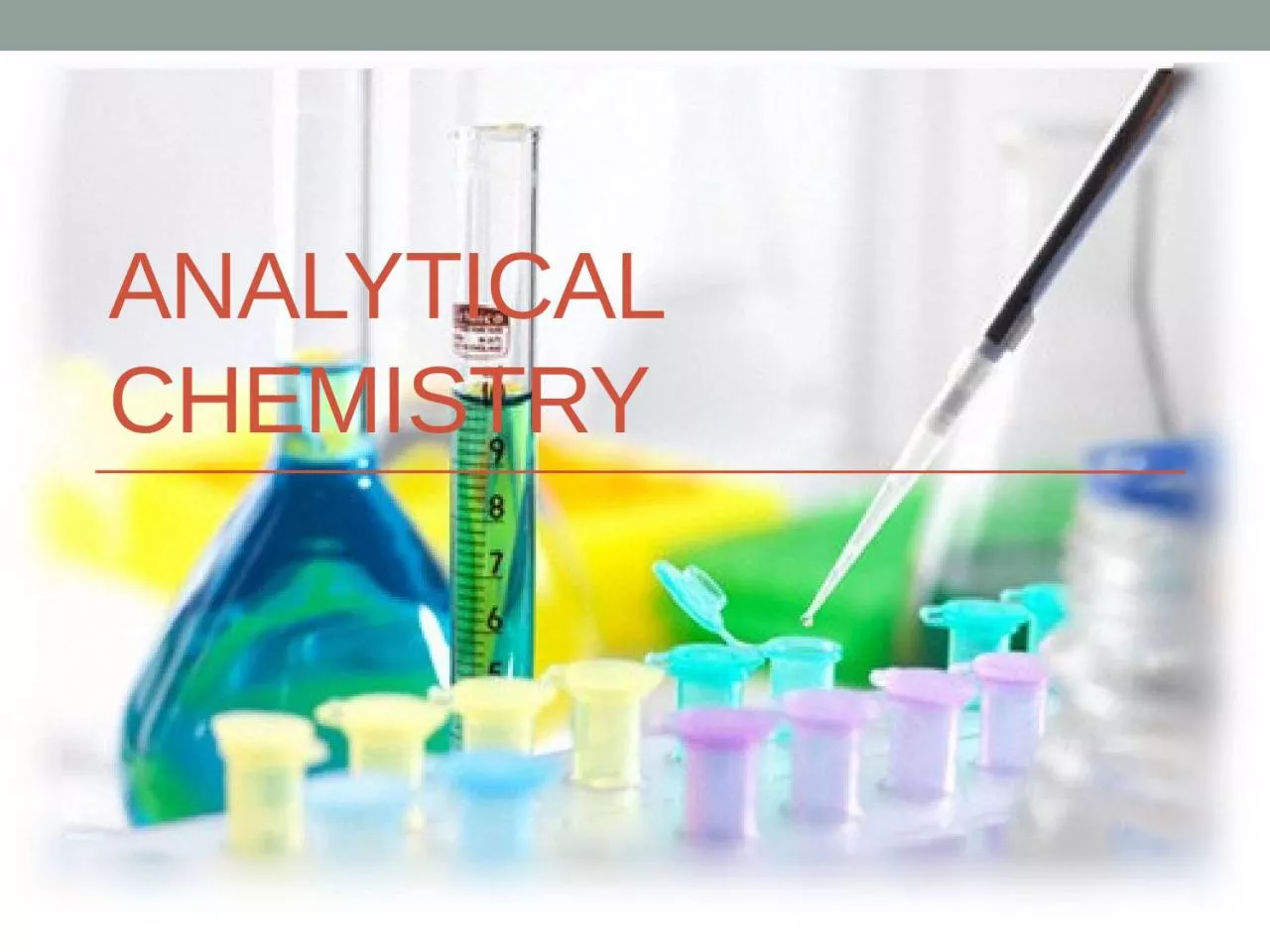PPT-Analytical chemistry pH
Author : badra | Published Date : 2023-10-28
In the laboratory we can detect acids and bases in solution in several ways Perhaps the simplest test uses a substance called litmus a natural dye derived from lichen
Presentation Embed Code
Download Presentation
Download Presentation The PPT/PDF document "Analytical chemistry pH " is the property of its rightful owner. Permission is granted to download and print the materials on this website for personal, non-commercial use only, and to display it on your personal computer provided you do not modify the materials and that you retain all copyright notices contained in the materials. By downloading content from our website, you accept the terms of this agreement.
Analytical chemistry pH : Transcript
Download Rules Of Document
"Analytical chemistry pH "The content belongs to its owner. You may download and print it for personal use, without modification, and keep all copyright notices. By downloading, you agree to these terms.
Related Documents














